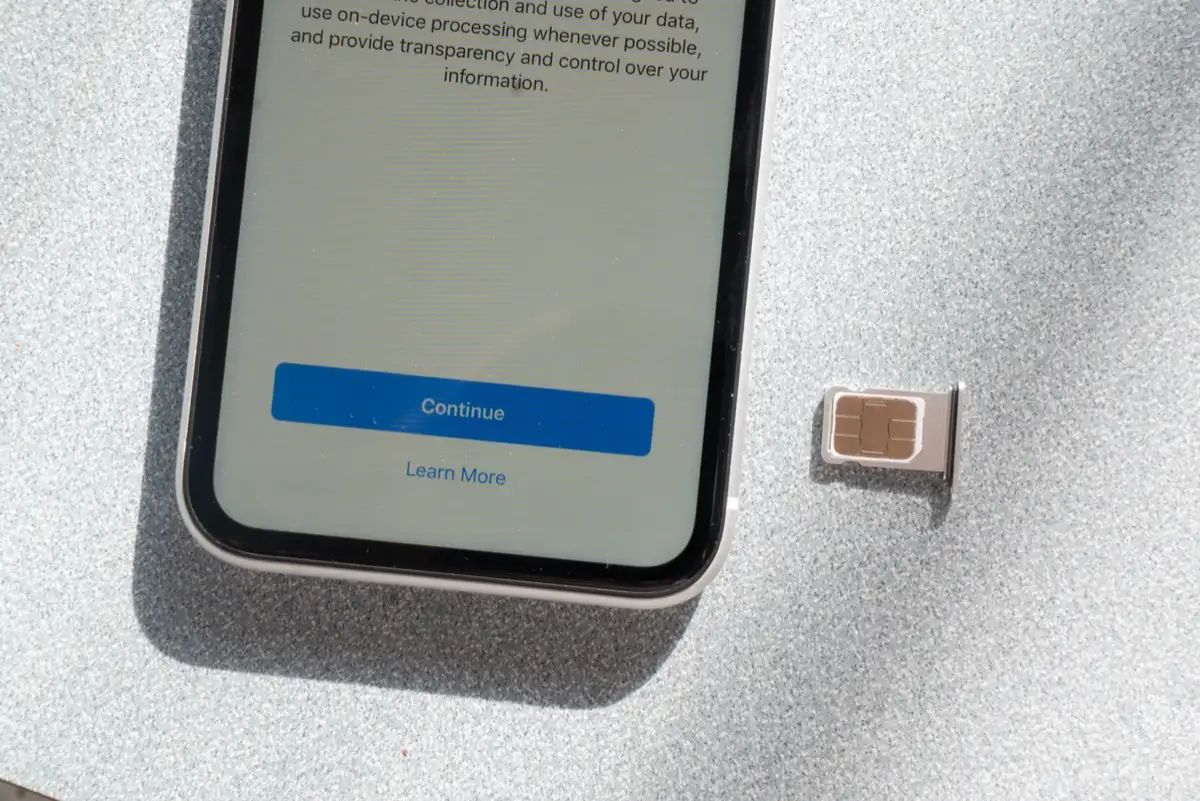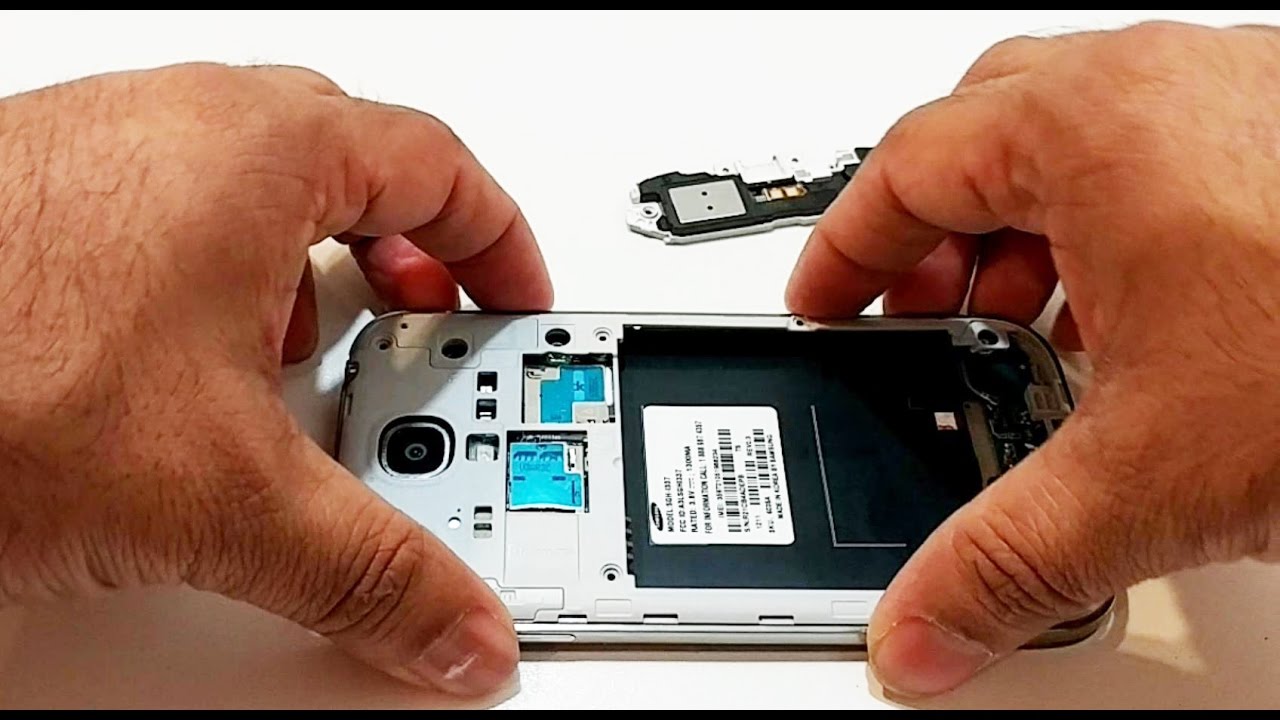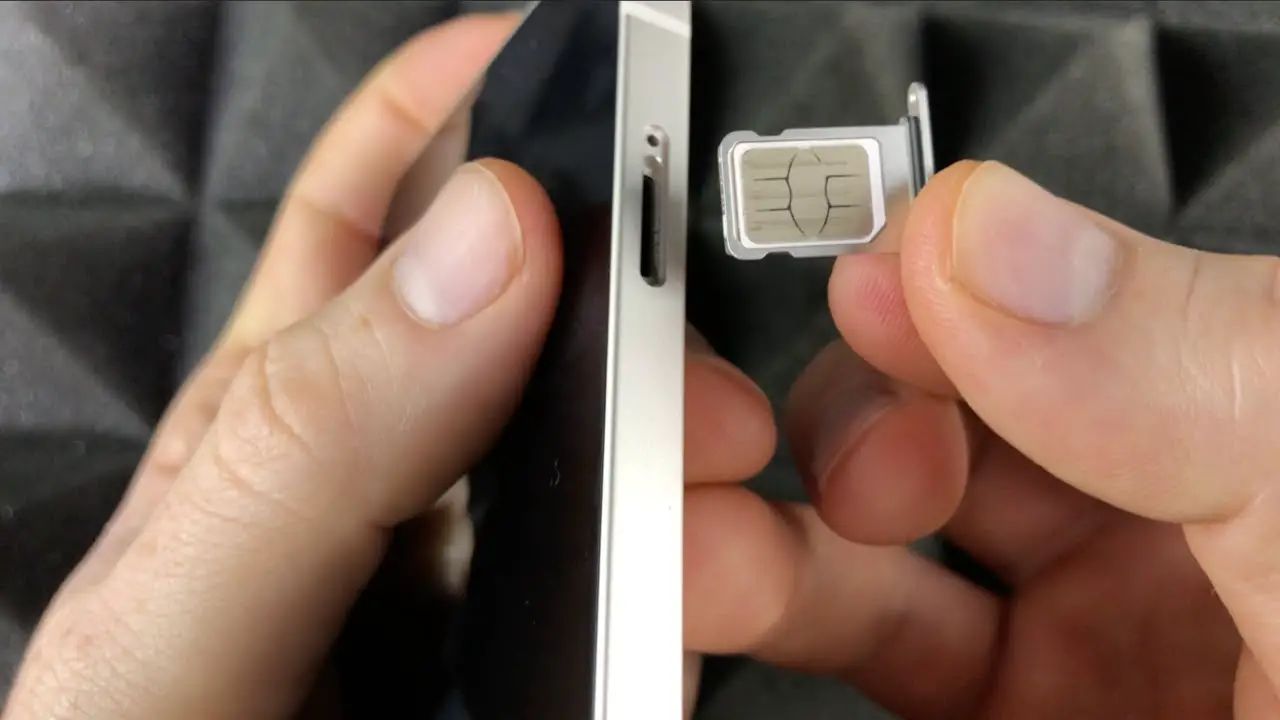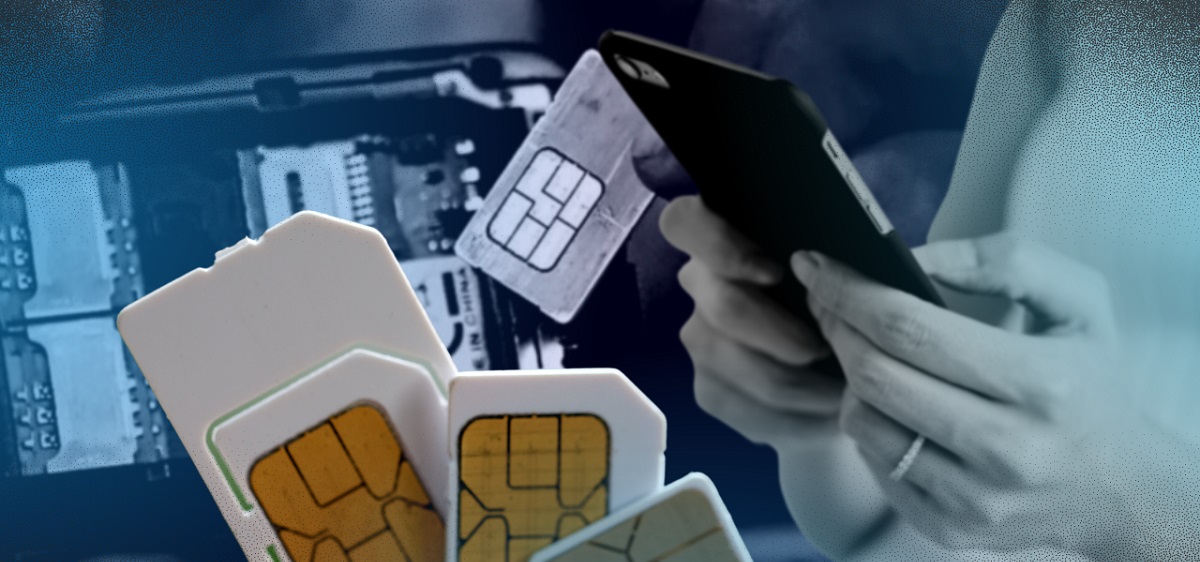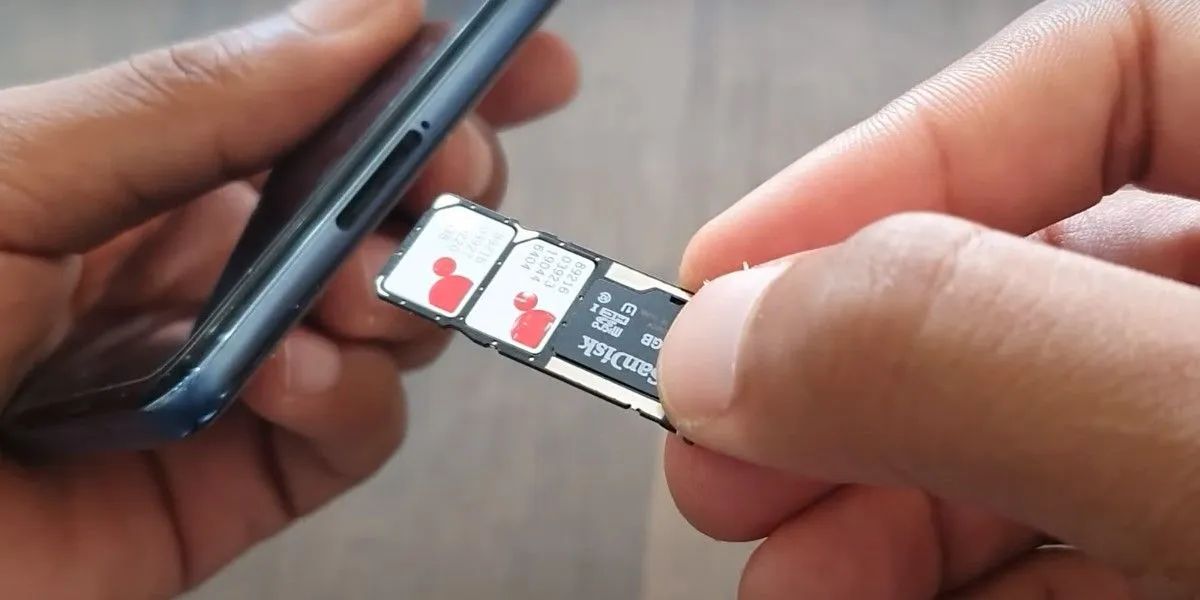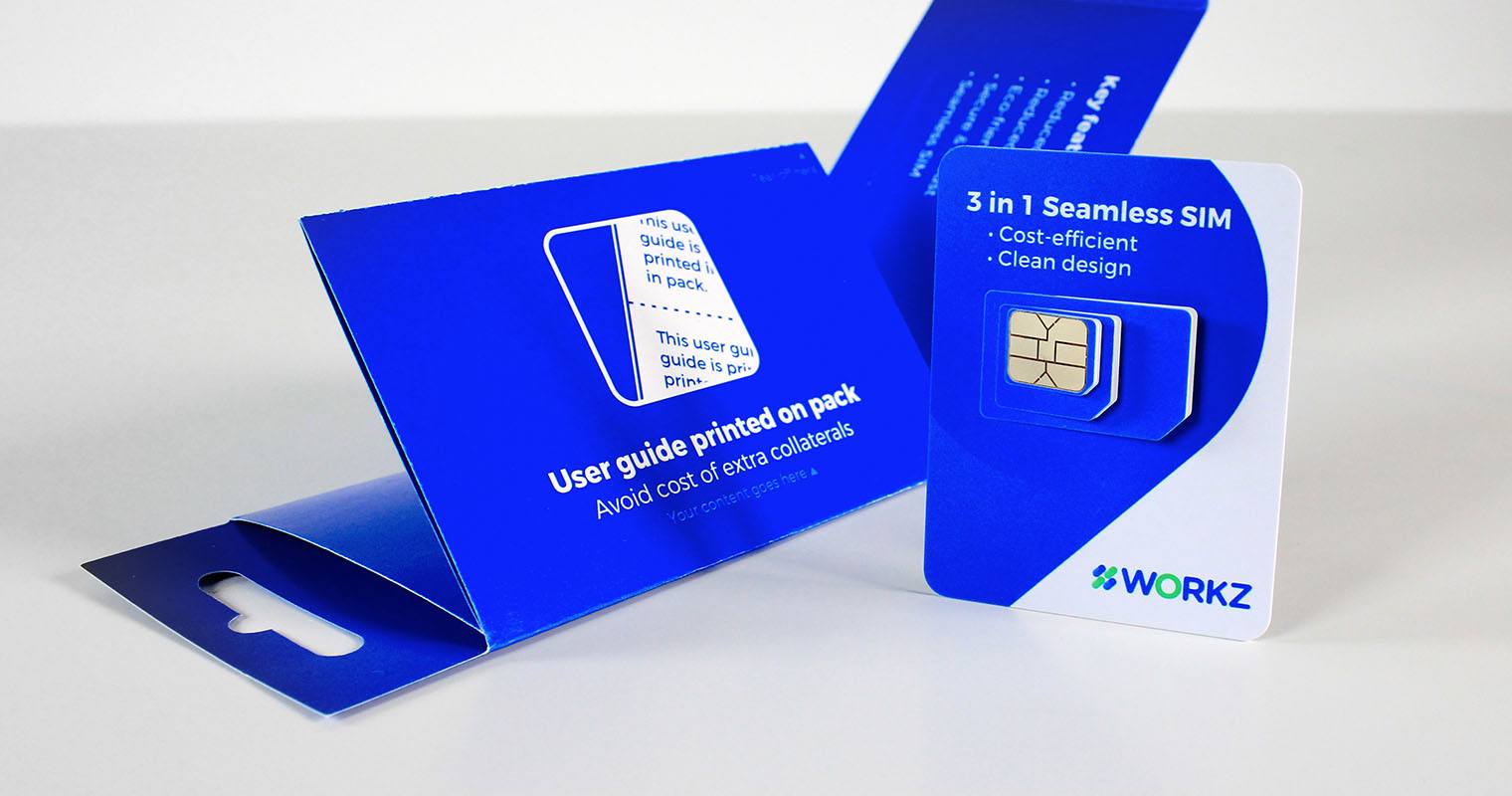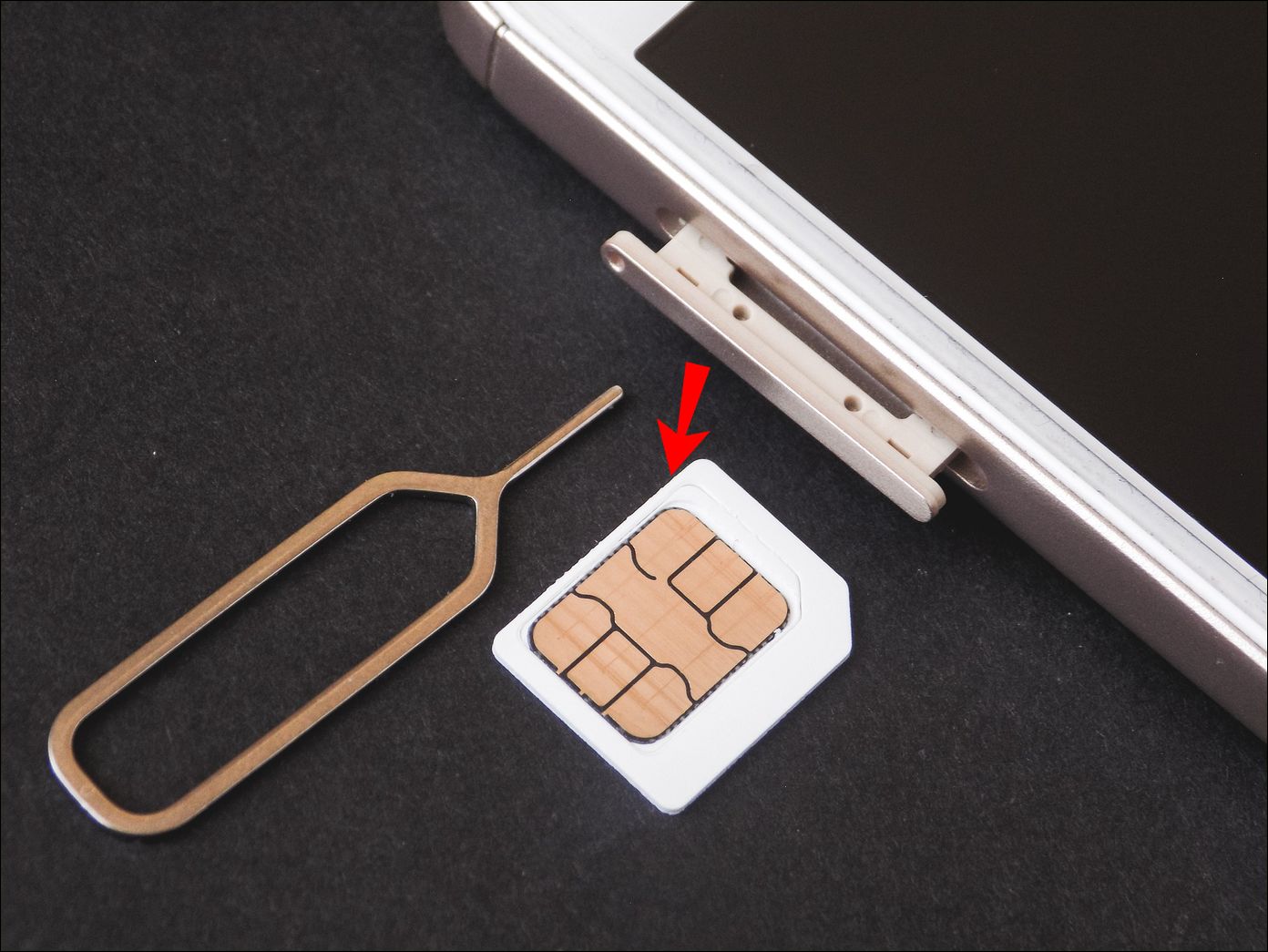Introduction
In the world of mobile devices, the SIM card plays a pivotal role in connecting us to the digital realm. It's a small, unassuming chip that holds the key to our connectivity, enabling us to make calls, send texts, and access the internet. However, despite its diminutive size, a SIM card failure can wreak havoc on our ability to stay connected.
When faced with a malfunctioning SIM card, the frustration and inconvenience can be palpable. Whether it's a sudden loss of signal, an inability to make calls, or an unexpected error message, the impact of a SIM card failure can disrupt our daily routines and leave us feeling disconnected from the world around us.
Understanding the intricacies of SIM card failure is essential for anyone who relies on a mobile device for communication and connectivity. By delving into the common causes, signs, and solutions for SIM card failure, we can equip ourselves with the knowledge to troubleshoot and resolve these issues effectively.
In this comprehensive guide, we will explore the nuances of SIM card failure, shedding light on the underlying factors that can lead to connectivity woes. By gaining a deeper understanding of the potential causes and symptoms of SIM card failure, we can empower ourselves to address these issues proactively and restore seamless functionality to our mobile devices.
So, join us on this journey as we unravel the mysteries of SIM card failure and equip ourselves with the insights and solutions needed to navigate these challenges with confidence. Let's embark on a quest to demystify the world of SIM cards and emerge as savvy troubleshooters, ready to tackle any connectivity hurdles that come our way.
What is a SIM Card Failure?
A SIM card failure refers to a situation in which the subscriber identity module (SIM) card, a fundamental component of mobile devices, encounters a malfunction that impedes its normal operation. This small, indispensable chip serves as the linchpin of connectivity, allowing users to access cellular networks, make calls, send texts, and utilize mobile data services. However, when a SIM card experiences a failure, it can disrupt these vital functions, leaving users grappling with connectivity issues and communication breakdowns.
The root causes of SIM card failure can vary, encompassing a range of technical glitches and physical damage. From software malfunctions to hardware deterioration, the factors contributing to SIM card failure are multifaceted and can manifest in diverse ways. Whether it's a result of a manufacturing defect, exposure to extreme temperatures, or simply wear and tear over time, a malfunctioning SIM card can pose a significant inconvenience to users who rely on their mobile devices for seamless communication and connectivity.
When a SIM card fails, it can manifest in a myriad of symptoms, such as an inability to detect the SIM card, frequent disconnection from the network, or persistent error messages related to SIM card functionality. These issues can disrupt the user experience, leading to frustration and a sense of disconnection from the digital world.
Understanding the intricacies of SIM card failure is crucial for mobile device users, as it empowers them to identify and address these issues effectively. By recognizing the signs of a failing SIM card and understanding the underlying causes, individuals can take proactive measures to troubleshoot and resolve these challenges, thereby restoring seamless connectivity to their mobile devices.
In the subsequent sections, we will delve deeper into the common causes of SIM card failure, explore the telltale signs that indicate a malfunctioning SIM card, and equip ourselves with the knowledge and strategies needed to address these issues comprehensively. Through this exploration, we aim to demystify the complexities of SIM card failure and arm ourselves with the insights required to navigate these challenges adeptly.
Common Causes of SIM Card Failure
The causes of SIM card failure can stem from a variety of factors, encompassing both technical and physical issues that can compromise the functionality of this essential component of mobile devices. Understanding these common causes is pivotal in diagnosing and addressing SIM card-related issues effectively. Here are the prevalent factors that contribute to SIM card failure:
-
Physical Damage: SIM cards are susceptible to physical damage, which can occur through mishandling, bending, or exposure to moisture. These factors can lead to a compromised SIM card, hindering its ability to establish a stable connection with the device and the cellular network.
-
Software Glitches: Software malfunctions within the mobile device can impact the recognition and functionality of the SIM card. This can manifest as an inability to detect the SIM card, frequent disconnections from the network, or error messages related to SIM card functionality.
-
Network Issues: In some cases, SIM card failure may be attributed to network-related issues, such as signal interference or disruptions in the cellular network. These external factors can impede the seamless operation of the SIM card, leading to connectivity issues for the user.
-
SIM Card Age and Wear: Over time, SIM cards may experience wear and tear, potentially leading to degradation in performance. The aging of the SIM card, coupled with prolonged usage, can contribute to connectivity issues and eventual failure.
-
Manufacturing Defects: In rare instances, SIM card failure can be traced back to manufacturing defects or inconsistencies. These underlying issues may not be immediately apparent but can surface over time, resulting in malfunctions and connectivity disruptions.
-
Extreme Temperatures: Exposure to extreme temperatures, whether excessively hot or cold, can adversely affect the integrity of the SIM card. This can lead to erratic behavior and diminished performance, ultimately culminating in SIM card failure.
By recognizing these common causes of SIM card failure, mobile device users can gain valuable insights into the potential triggers of connectivity issues. Armed with this knowledge, individuals can take proactive measures to safeguard their SIM cards, address emerging issues, and seek appropriate solutions to restore seamless connectivity to their mobile devices.
In the subsequent sections, we will delve deeper into the signs of SIM card failure and explore effective strategies for addressing these issues, empowering users to navigate connectivity challenges with confidence and proficiency.
Signs of SIM Card Failure
Identifying the signs of SIM card failure is crucial for mobile device users, as it enables them to recognize potential issues early and take proactive measures to address connectivity disruptions. The following signs may indicate a malfunctioning SIM card:
-
Intermittent or No Network Signal: One of the most noticeable signs of SIM card failure is the intermittent or complete loss of network signal. Users may experience sudden drops in signal strength or find themselves unable to connect to the cellular network altogether, despite being in an area with adequate coverage. This erratic behavior can point to underlying issues with the SIM card's functionality.
-
Frequent Disconnection: A malfunctioning SIM card may lead to frequent disconnections from the network, causing calls to drop unexpectedly or interrupting data connectivity. These abrupt disruptions can be indicative of a compromised SIM card that requires attention and troubleshooting.
-
Error Messages: Users may encounter error messages specifically related to the SIM card, such as "SIM card not detected" or "SIM card error." These prompts often signal that the mobile device is encountering difficulties in recognizing or utilizing the SIM card, hinting at potential malfunctions within the SIM card itself.
-
Inability to Make Calls or Send Texts: When a SIM card is failing, users may find themselves unable to make calls or send text messages, despite having sufficient network coverage and a functional mobile device. This inability to engage in basic communication functions can be a telltale sign of SIM card-related issues.
-
Data Connectivity Problems: SIM card failure can also manifest in the form of data connectivity problems, leading to sluggish internet speeds, an inability to access mobile data, or persistent issues with online connectivity. These challenges can impede the user's ability to utilize data-dependent applications and services.
Recognizing these signs of SIM card failure empowers mobile device users to address connectivity issues promptly and effectively. By remaining vigilant for these indicators, individuals can take proactive steps to troubleshoot SIM card-related issues, seek appropriate assistance, and implement solutions to restore seamless connectivity to their devices.
In the subsequent section, we will explore effective strategies for addressing SIM card failure, equipping users with the knowledge and tools needed to navigate these challenges adeptly and regain uninterrupted access to mobile communication and connectivity.
How to Fix SIM Card Failure
Addressing SIM card failure requires a systematic approach aimed at diagnosing the underlying issues and implementing targeted solutions to restore seamless functionality to the SIM card and the associated mobile device. By leveraging effective troubleshooting methods and potential remedies, users can navigate SIM card-related challenges with confidence. Here are the steps to fix SIM card failure:
1. Restart the Device
Initiate the troubleshooting process by restarting the mobile device. A simple reboot can rectify temporary software glitches and reestablish the connection between the device and the SIM card, potentially resolving minor connectivity issues.
2. Check SIM Card Placement
Ensure that the SIM card is securely inserted into the designated slot within the mobile device. A loose or improperly positioned SIM card can lead to connectivity disruptions, so verifying its placement is essential for seamless operation.
3. Clean the SIM Card and Slot
Gently remove the SIM card from the device and inspect it for any dust, debris, or residue that may impede its functionality. Similarly, clean the SIM card slot on the device to eliminate any obstructions that could hinder the proper connection.
4. Test with Another Device
If possible, test the SIM card in another compatible device to ascertain whether the issue is specific to the SIM card or the mobile device. This diagnostic step can help pinpoint the source of the problem and guide subsequent troubleshooting efforts.
5. Contact the Service Provider
Reach out to the service provider or carrier to seek assistance in diagnosing and resolving SIM card-related issues. They can provide valuable insights, remotely assess the status of the SIM card, and offer guidance on potential solutions.
6. Replace the SIM Card
If the SIM card exhibits signs of physical damage or persistent malfunctions, consider obtaining a replacement SIM card from the service provider. Activating a new SIM card can effectively address underlying issues and restore seamless connectivity.
7. Update Device Software
Ensure that the mobile device's software is up to date, as outdated or incompatible software versions can impact the recognition and functionality of the SIM card. Installing software updates can address compatibility issues and enhance overall device performance.
By following these steps, users can effectively troubleshoot and address SIM card failure, thereby restoring uninterrupted connectivity and communication capabilities to their mobile devices. With a proactive and methodical approach, individuals can navigate SIM card-related challenges adeptly, ensuring that their devices remain reliable and seamlessly connected to the digital world.
Conclusion
In the realm of mobile devices, the subscriber identity module (SIM) card stands as a linchpin of connectivity, enabling users to access cellular networks, make calls, send texts, and harness the power of mobile data. However, when faced with SIM card failure, the repercussions can be profound, disrupting our ability to stay connected and plunging us into a realm of communication uncertainty. Understanding the nuances of SIM card failure is paramount for mobile device users, empowering them to recognize, diagnose, and address these issues effectively.
As we've explored the common causes of SIM card failure, ranging from physical damage and software glitches to network-related issues and manufacturing defects, it becomes evident that the triggers of connectivity disruptions are multifaceted. By gaining insight into these underlying factors, users can adopt a proactive stance, safeguarding their SIM cards and taking preemptive measures to mitigate potential malfunctions.
Recognizing the signs of SIM card failure, including intermittent network signal, frequent disconnections, error messages, and data connectivity problems, equips users with the awareness needed to identify potential issues early on. This heightened vigilance enables individuals to intervene promptly, seeking appropriate remedies to restore seamless functionality to their SIM cards and mobile devices.
The strategies for addressing SIM card failure, encompassing steps such as device restarts, SIM card placement checks, cleaning procedures, diagnostic testing, service provider engagement, SIM card replacement, and software updates, serve as a comprehensive toolkit for troubleshooting and resolving connectivity issues. By leveraging these strategies, users can navigate SIM card-related challenges with confidence, ensuring that their devices remain steadfast in their connectivity and communication capabilities.
In conclusion, the journey to understanding and fixing SIM card failure has equipped us with valuable insights and actionable strategies, empowering us to confront these challenges adeptly. By demystifying the complexities of SIM card failure and arming ourselves with the knowledge needed to address these issues comprehensively, we emerge as savvy troubleshooters, ready to navigate the ever-evolving landscape of mobile connectivity with resilience and proficiency. Let us embrace this newfound understanding as we embark on a seamless journey of mobile communication and connectivity, fortified by our ability to recognize, diagnose, and overcome SIM card failure with confidence and competence.







